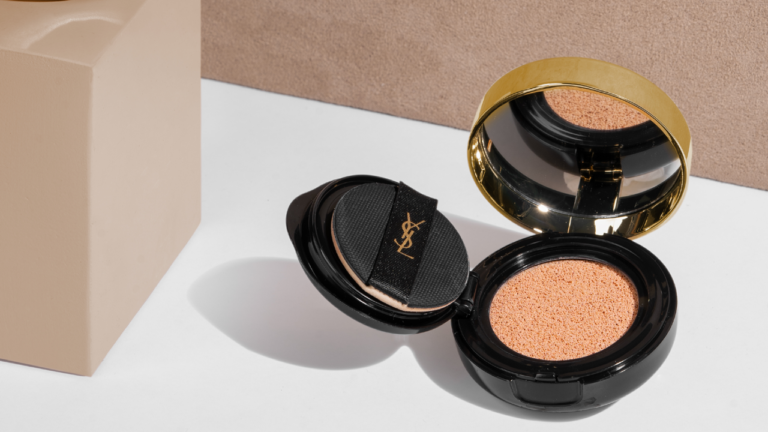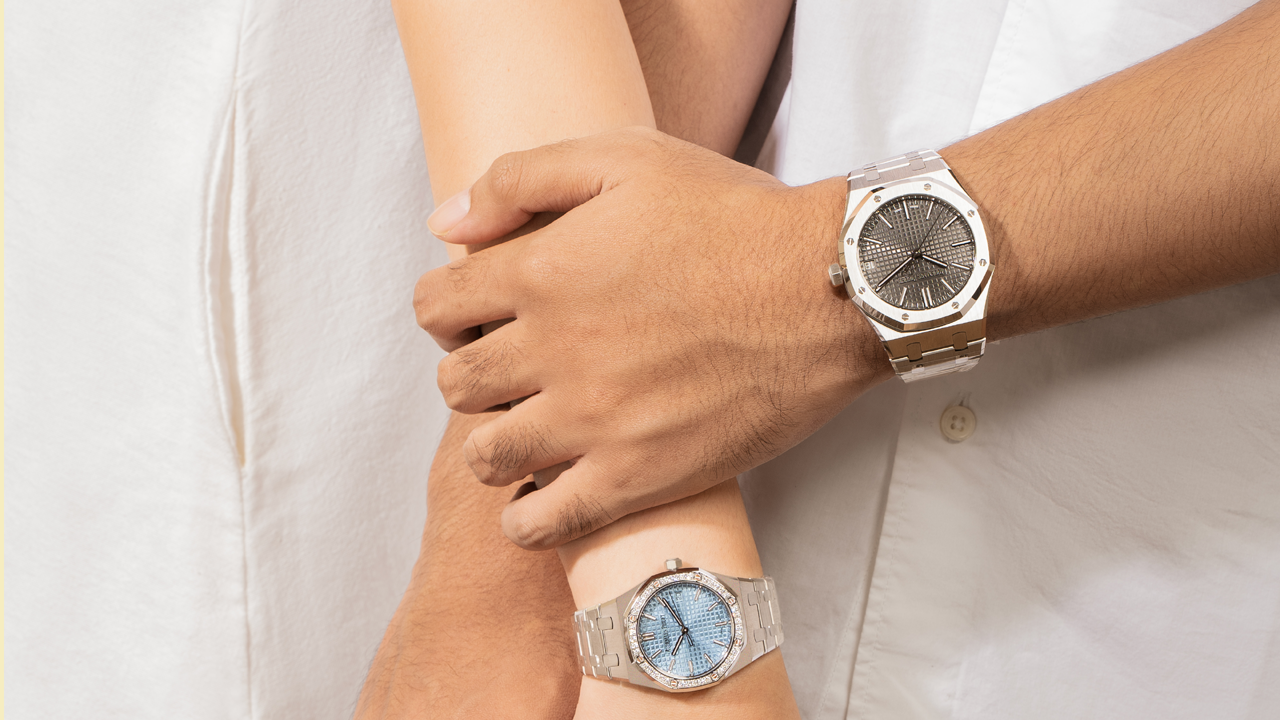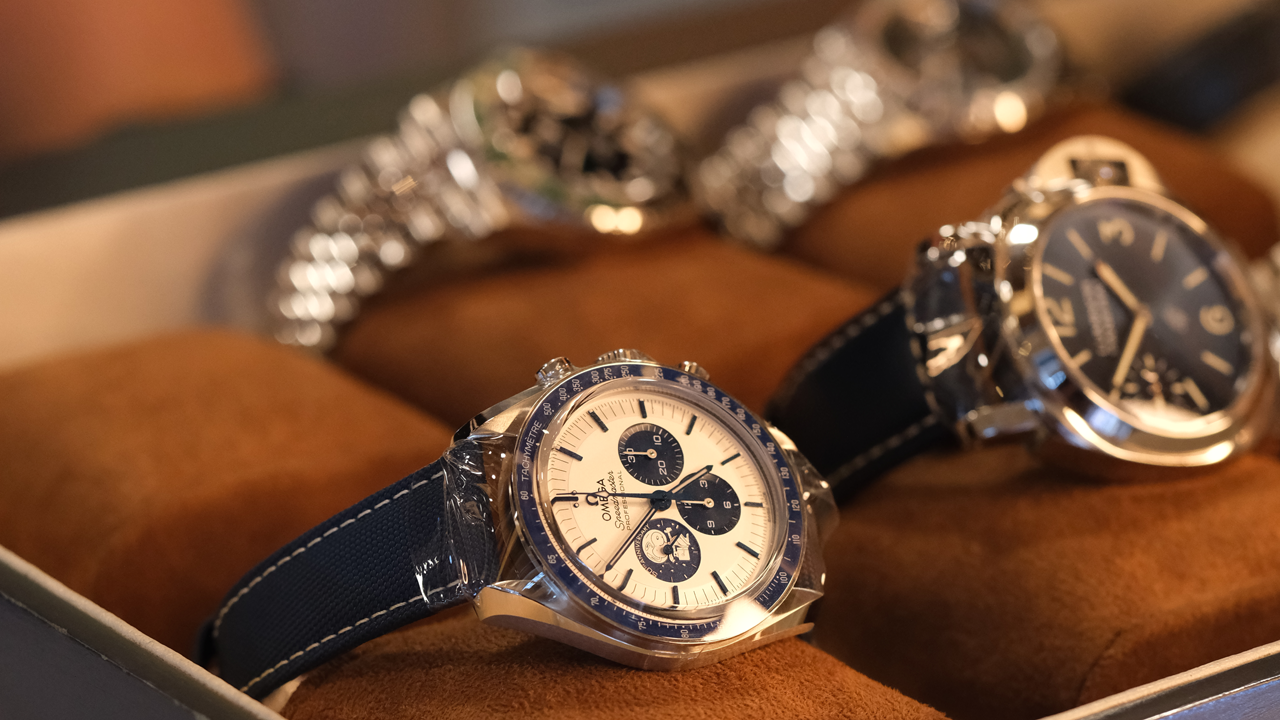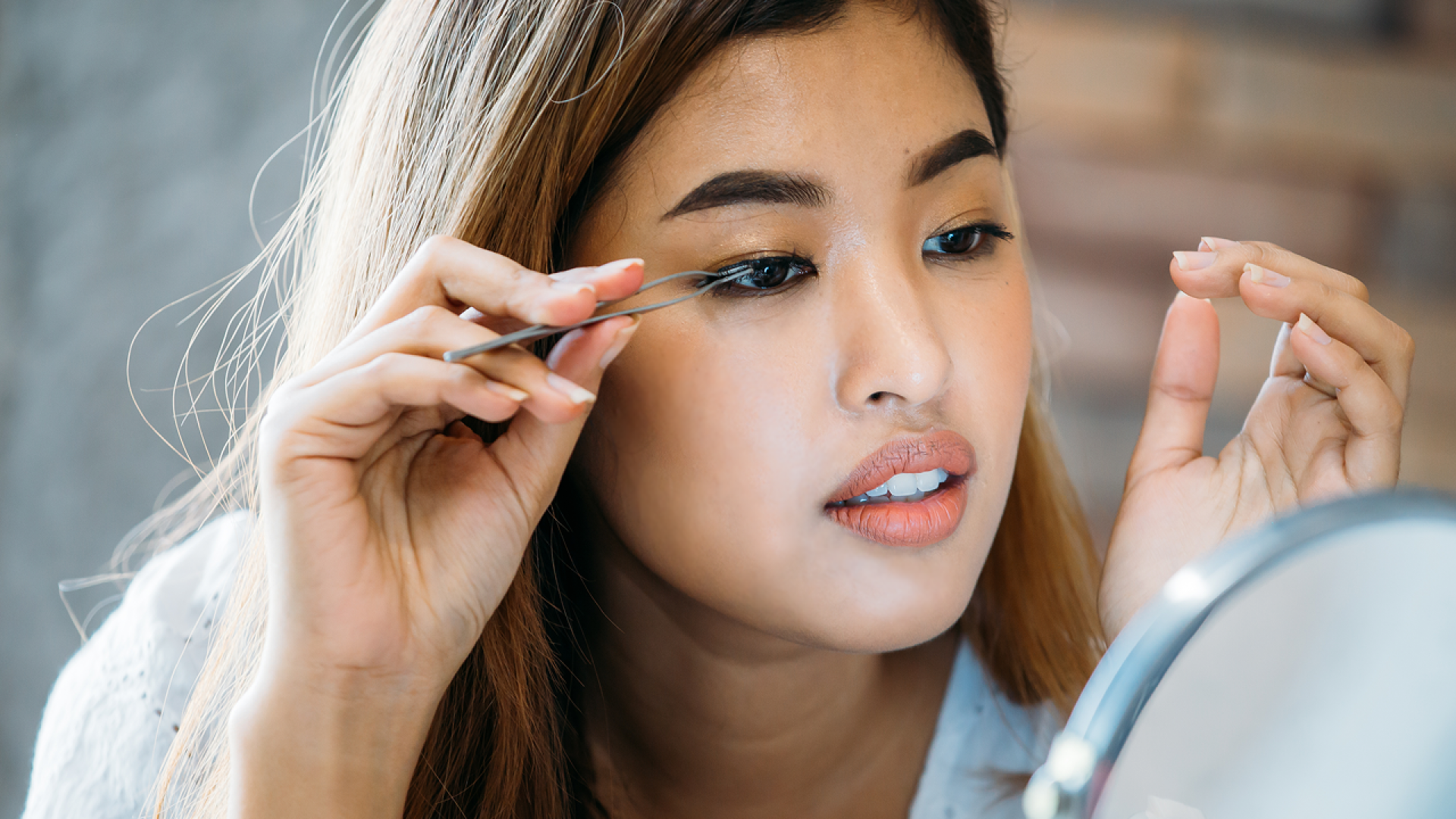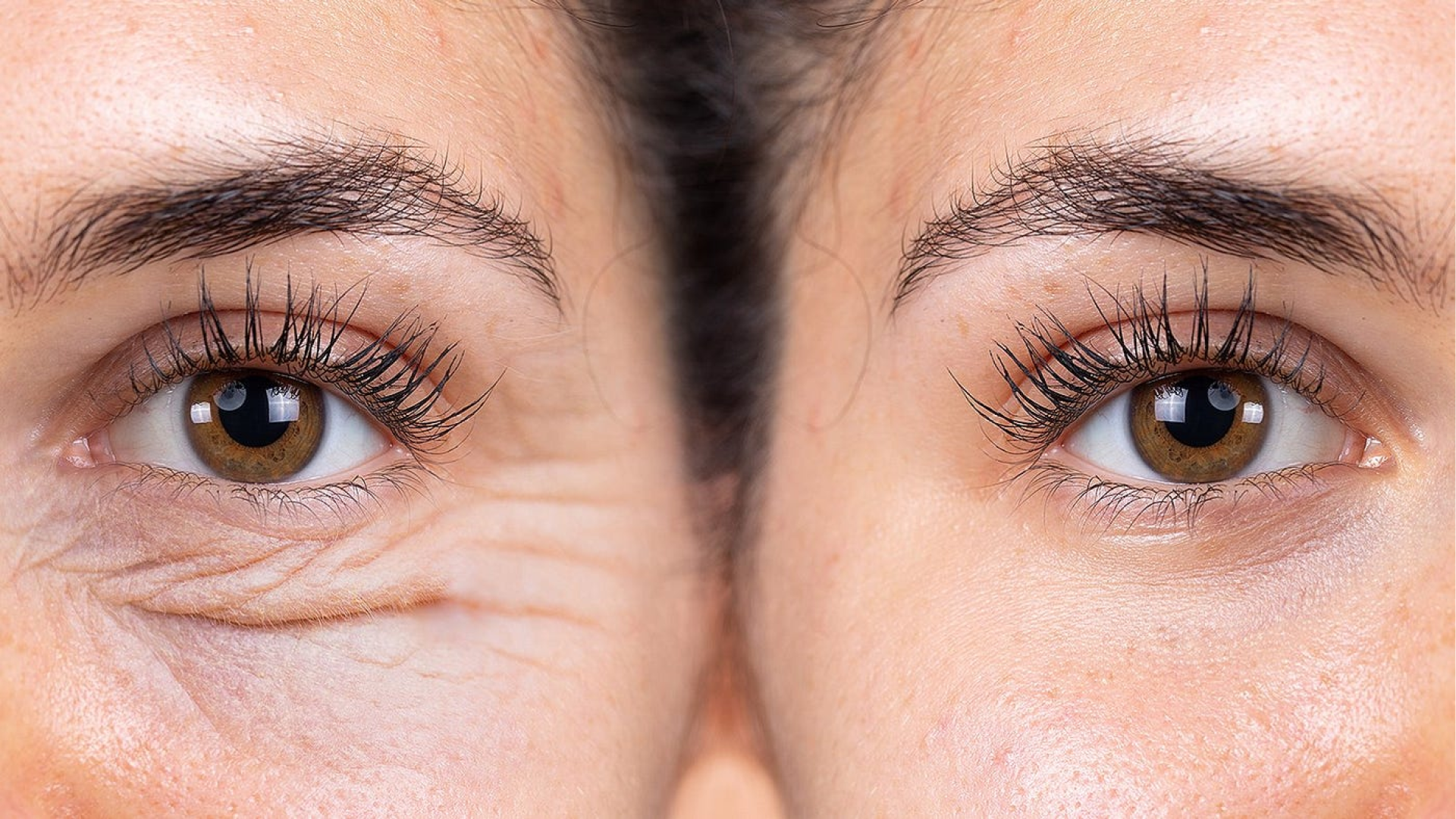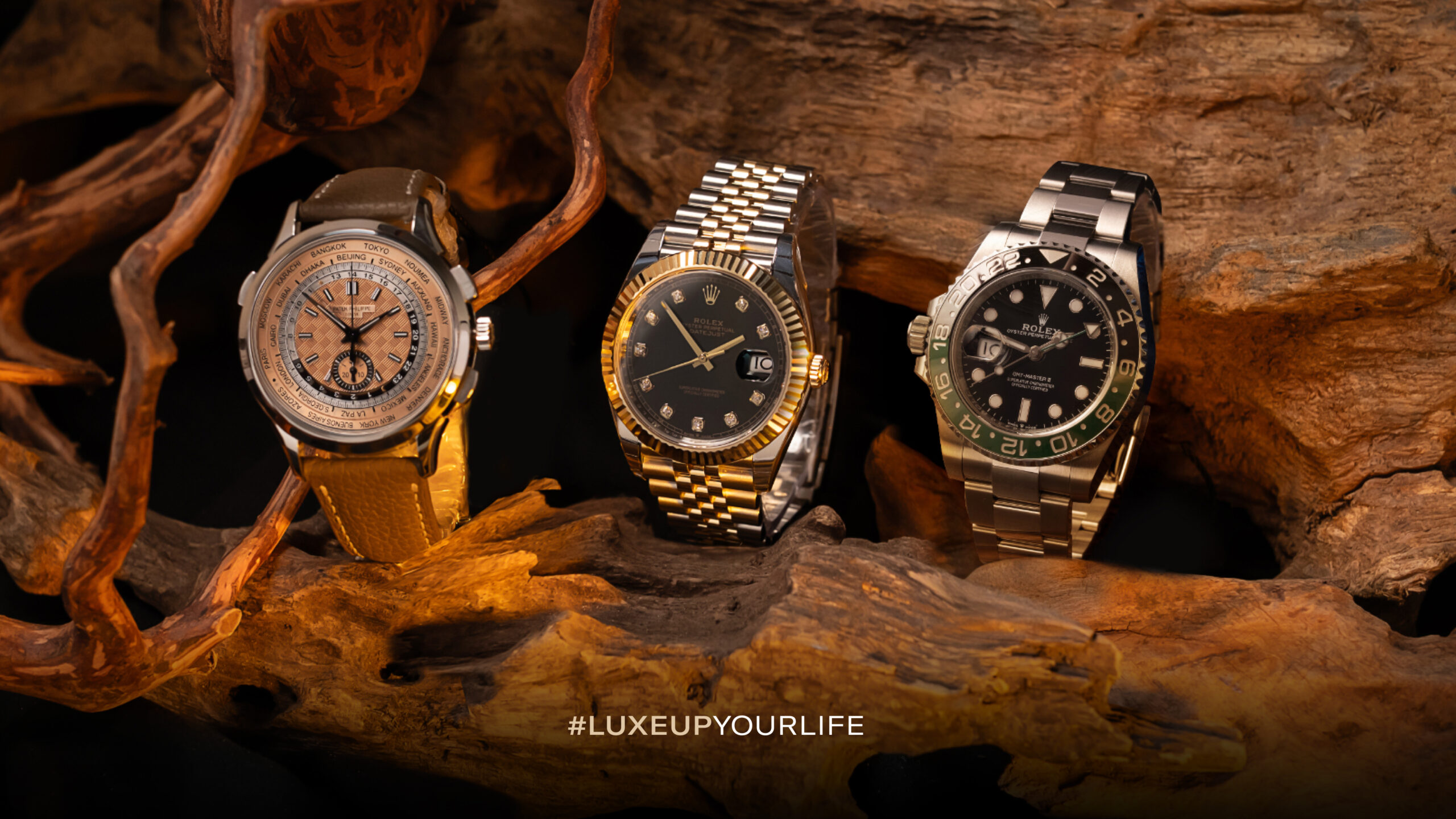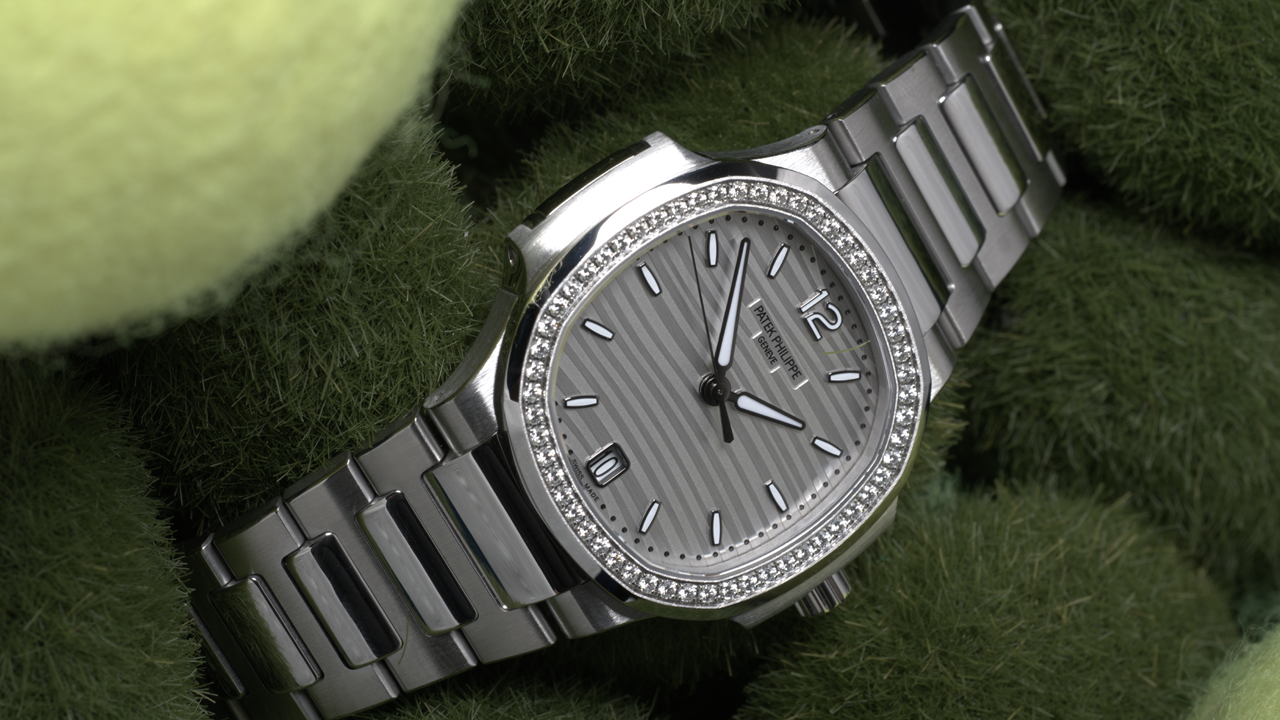One of the most common questions in the world of makeup is, “Why does the foundation I choose always look too dark, dull, or even grayish on my skin?”
The answer often lies in the lack of understanding about undertone and overtone. These two terms may sound similar, but they carry very different meanings.
When it comes to complexion, knowing the difference between undertone and overtone can determine whether your makeup looks natural and seamless, or ends up contrasting and unflattering. Let’s dive deeper!
Table of Contents
ToggleWhat Is Undertone?
Undertone is the natural base color of the skin that lies beneath the surface layer. Unlike the outer skin color that can change, undertone stays the same throughout your life. This is what makes undertone so important when choosing a complexion that blends well with your skin.
In general, undertone is divided into three categories:
- Warm undertone: has a base of yellow, peachy, or golden hues.
- Cool undertone: leans toward pinkish or bluish tones.
- Neutral undertone: a combination of warm and cool, making it more flexible.
Determining your undertone can be done with a few simple methods. For example, by looking at the veins on your wrist. If they appear green, you likely have a warm undertone. If they appear blue or purple, you likely have a cool undertone. If they appear as a mix of both, you may fall into the neutral category. Another popular method is the jewelry test: does your skin look brighter with gold or silver jewelry?
What Is Overtone?
Unlike undertone, overtone refers to the skin color visible on the surface. Overtone is often described as the “outer skin tone” or the first impression people see of your skin. However, overtone is very dynamic and can change due to various external factors.
Some examples that affect overtone include:
- Skin becoming darker after sun exposure.
- Skin looking pale when you lack sleep or are feeling unwell.
- Skin appearing brighter after regular exfoliation or skincare use.
In other words, overtone is temporary and can be misleading if you rely on it alone when choosing a foundation.
The Difference Between Undertone and Overtone
If we make an analogy, undertone is like the foundation of a house that never changes, while overtone is like the wall paint that can be changed at any time. This is the fundamental difference between the two.
- Undertone is permanent. It remains the same even if the outer skin looks lighter or darker.
- Overtone is temporary. It changes depending on your skin condition and environment.
A common mistake is focusing too much on overtone. For instance, when the skin looks darker due to tanning, many people choose a darker-toned complexion without considering their undertone. The result is a complexion that looks unnatural and even grayish.
Common Mistakes in Understanding Undertone and Overtone
Many beginner beauty enthusiasts think undertone and overtone are the same. Some common mistakes include:
- Choosing foundation only based on surface skin color, which leads to complexion that doesn’t blend well.
- Believing undertone can change. In reality, undertone always stays the same; only overtone changes.
- Ignoring simple tests to determine undertone, even though vein or jewelry tests can be very helpful.
Tips for Choosing Complexion Based on Undertone
To avoid picking the wrong shade, always use undertone as your main reference:
- If you have a warm undertone, choose foundation with golden or yellow bases.
- If you have a cool undertone, go for complexion with pink or rosy bases.
- If you have a neutral undertone, you’re more flexible since you can use shades with neutral bases.
When buying complexion, don’t just rely on store lighting. Test the product on your jawline and check the result under natural light. This way, you can make sure the foundation truly blends with your undertone.
Understanding the difference between undertone and overtone is a crucial step to achieving flawless makeup. Undertone is the stable base color of the skin, while overtone is the surface color that can shift. By making undertone your main guide, you can avoid shade mismatches and achieve a complexion that looks natural and perfectly blended with your skin.
Already know which complexion suits your undertone? Find it at Luxehouze Beauty, where everything is guaranteed 100% authentic!
